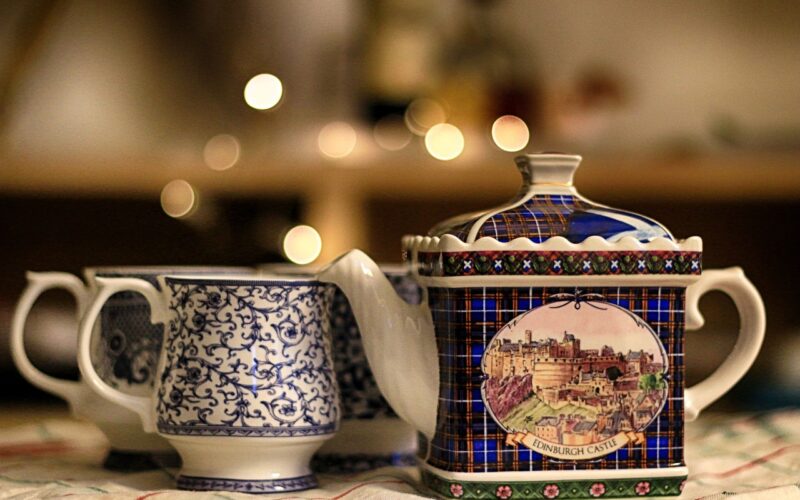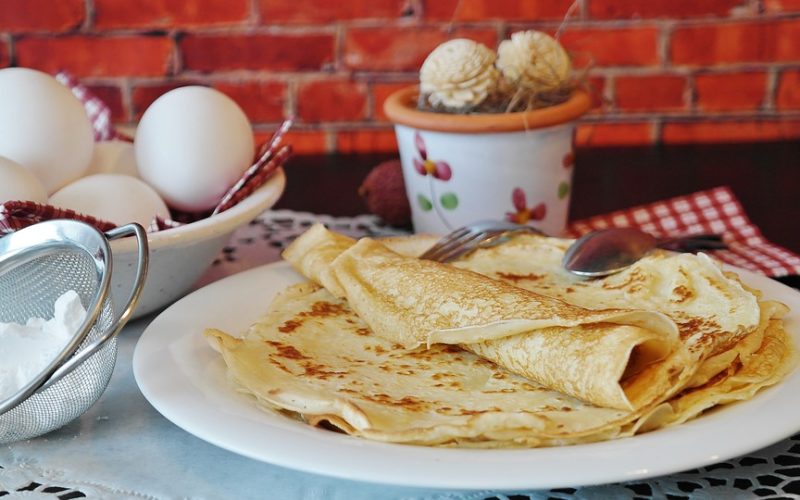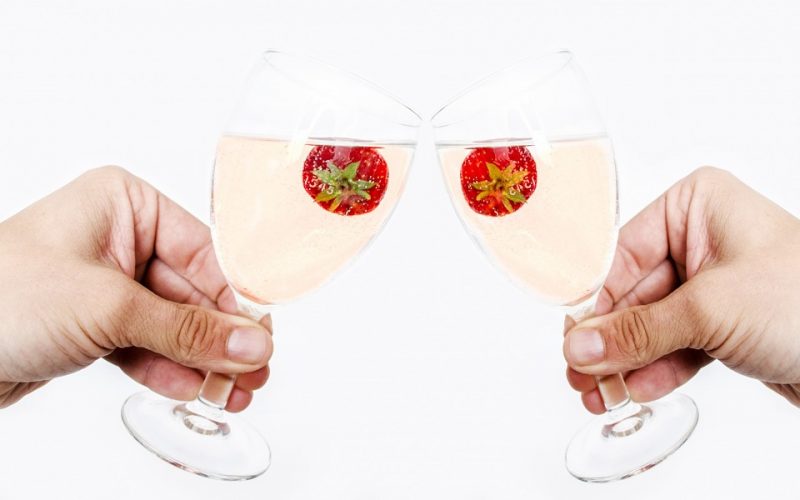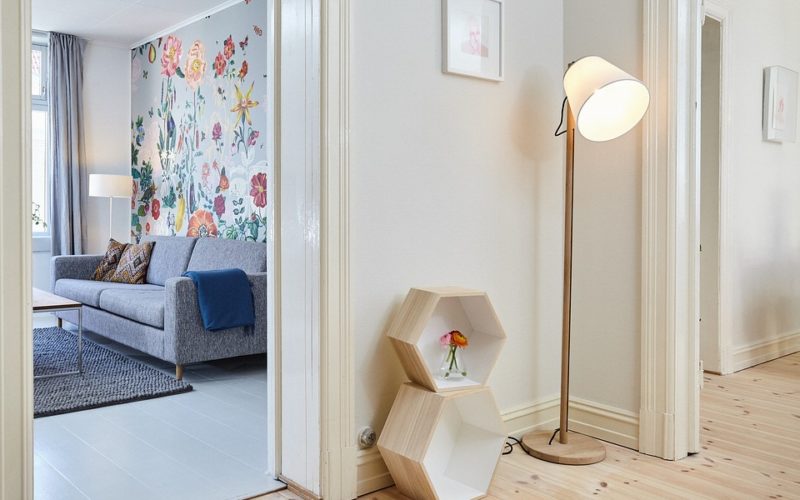Making pottery and glassware has been a family tradition that’s been passed down for generations. From grandparents to parents to grandchildren, each generation gets the opportunity to learn the ins and outs of crafting unique works of art with clay or glass right in their own homes. This beautiful hobby allows all members of the family to create something from nothing under the tutelage of someone they love—a mentor who is close by. By not only engaging in this activity together but also meeting new friends along the way, this should be a time-honoured custom that everyone can appreciate and enjoys! Whether you don’t know anything about it yet or are an experienced crafter looking for some tips, this blog post will surely give you all the information you need about pottery and glassware making as a family hobby throughout generations.
The fundamentals
Pottery and glassware making are two traditional crafts that have been around for thousands of years. They involve taking raw materials and transforming them into elegant, functional works of art. Pottery making involves forming damp clay into various shapes and then firing them in a kiln to create hard, durable ceramics. Glassware making, on the other hand, requires melting and shaping glass at high temperatures to create intricate designs and patterns. Both crafts require patience, skill, and creativity. With the right tools, materials, and techniques, anyone can learn the fundamentals of pottery and glassware making and create beautiful pieces that will last a lifetime.
Showcase the pottery and glassware pieces
The past has gifted us with a treasure trove of beautiful and exquisite pottery and glassware pieces. From the intricately designed vases and goblets to the delicate tea cups and saucers, each item holds a story and a piece of history. These works of art are not only aesthetically pleasing but serve as a testament to the incredible craftsmanship and skill of our ancestors. Whether it's the ancient Greek amphorae or the delicate Meissen porcelain, each piece is a unique masterpiece that has stood the test of time. We should take a moment to appreciate the ingenuity and creativity of those who came before us and the beauty they left behind for generations to discover.
Explore the different materials
Throughout history, pottery and glass have been integral components of daily life. The process of creating these household items has evolved immensely over time, and with it, the materials that are used. From the earliest times, clay was the primary material used to create pottery. The Greeks and Romans, however, introduced terracotta and porcelain, which have since become widely used in many cultures. When it comes to glassware, ancient civilizations such as the Egyptians and Phoenicians employed a mixture of sand and ash to create their stunning decorative pieces. In the Middle Ages, the Venetians revolutionised glass-blowing techniques by introducing crystal, which led to the development of stunning, intricate glassware. It wasn't until the 1800s when decorating techniques like ceramic decals and glass transfers were introduced. Today, modern technology has opened the door for new materials such as plastics, but the beauty of pottery and glass remains an enduring reminder of the rich history of human innovation.
Create a basic item
Creating a basic item with pottery or glassware can seem daunting at first, but it's actually a fun and rewarding experience. To get started, you'll need to gather all of your materials, including clay or glass, pottery or glassware tools, and a kiln or oven. Once you have everything you need, you can begin moulding your clay or glass into the desired shape. Be sure to take your time and pay close attention to detail, smoothing and shaping the clay until it meets your specifications. Once you've created your masterpiece, it's time to fire it in the kiln or oven, allowing it to reach its full potential. There are plenty of option when it comes to decorating your artwork. Perhaps one of the oldest is using paint, whilst more modern techniques include glass decals and ceramic transfers.






